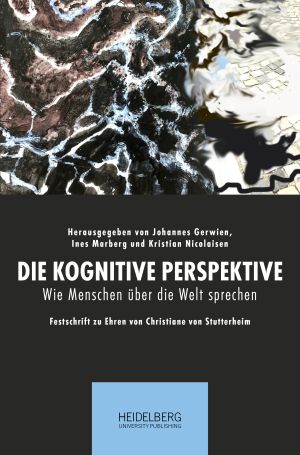How to Cite
License (Chapter)

This work is licensed under a Creative Commons Attribution-NonCommercial-ShareAlike 4.0 International License.
Identifiers (Book)
Published
When Discourse Elicitation Tasks Go Dialogue
Introducing Entities in French, German, and Italian
Abstract This paper presents first results from a study on oral picture description dialogues produced by native speakers of French, German, and Italian. The aim is to find out how speakers of these languages introduce the objects they want to talk about so that their interlocutors can identify and localise them while building a coherent representation of the picture. In doing so, we are tying in with work on the description of spatial configurations by Christiane von Stutterheim and colleagues (Carroll & von Stutterheim, 1993; von Stutterheim, 1997a), who used a similar method, keeping the stimulus and the procedure constant while running the task with speakers of different languages. When compared with the highly sophisticated non-verbal data elicitation techniques used by the Heidelberg team in their more recent work on event cognition, asking someone to describe a picture at their own pace seems quite a trivial approach. We are convinced, however, that it is worthwhile to go back to (some of) the roots, building on earlier work and at the same time changing a parameter that has quite some impact on the course of events: Instead of quasi-monologues with a rather passive addressee, we are studying dialogues in which two speakers are acting at eye level when describing and comparing mutually unknown spatial configurations. The reconstructed Quaestio (Klein & von Stutterheim, 1987) that is assumed to support a speaker’s selection and organisation of information in a monologue might be locally overwritten in a dialogue when an interlocutor’s real questions or statements alter the information flow.
Keywords Discourse, dialogue, typology, information structure, spatial description, entity introduction and contrast






